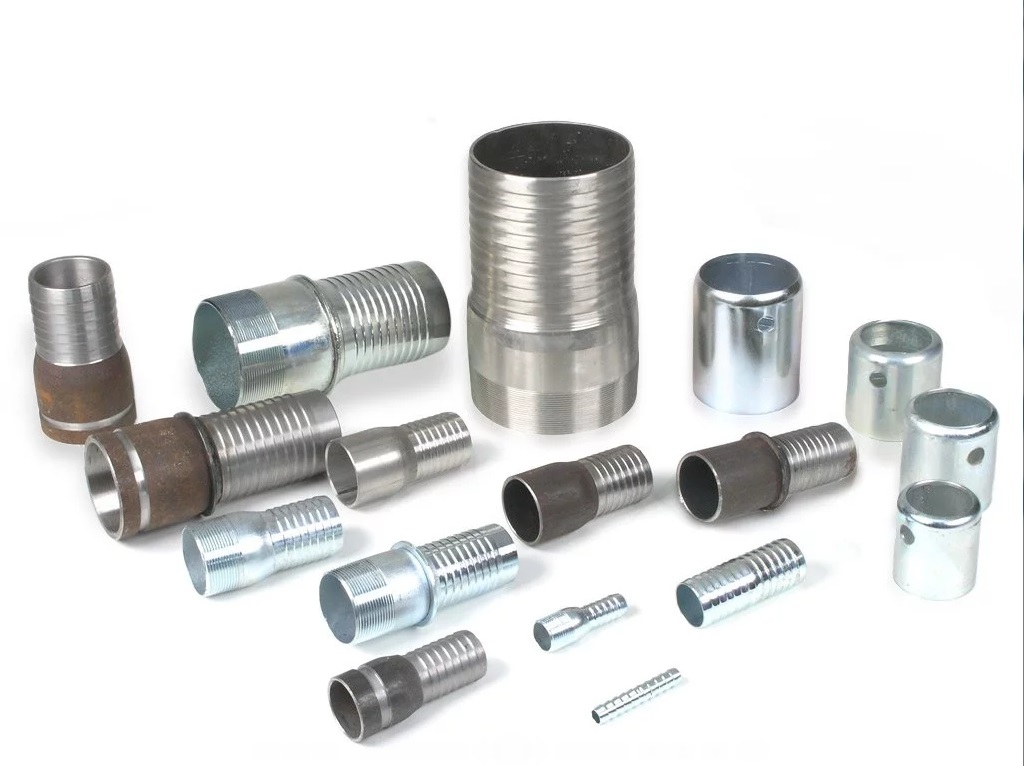Advantages and Disadvantages of Carbon Steel Pipe Fittings vs. Plastic Pipe Fittings
Pipe fittings are essential components in various industrial, commercial, and residential piping systems. The choice between **carbon steel pipe fittings** and **plastic pipe fittings depends on factors such as pressure, temperature, corrosion resistance, cost, and installation requirements.steel pipe nipple Below is a detailed comparison of their advantages and disadvantages.
Carbon Steel Pipe Fittings
Advantages
1. High Strength & Pressure Resistance
– Carbon steel has excellent mechanical strength, making it suitable for high-pressure applications (e.g., above 10 MPa).
2. High-Temperature Resistance
– Can withstand extreme temperatures (typically -40°C to 400°C), ideal for steam pipelines, boilers, and industrial heating systems.
3. Durability & Impact Resistance
– Resistant to mechanical stress and external damage, making it suitable for harsh environments.
4. Fire Resistance
– Non-combustible, making it a preferred choice for fire protection systems.
5. Long Service Life
– With proper anti-corrosion treatment (e.g., galvanization, epoxy coating), carbon steel fittings can last over 30 years.
Disadvantages
1. Prone to Corrosion
– Requires protective coatings (e.g., paint, zinc) to prevent rust in humid or chemically aggressive environments.
2. Heavy Weight
– Difficult to transport and install without mechanical assistance, increasing labor costs.
3. Complex Installation**
– Requires welding, threading, or flanges, which demands skilled labor and longer installation time.
4. Higher Cost**
– More expensive than plastic fittings, especially when considering maintenance (e.g., anti-rust treatments).
5. Thermal Conductivity**
– May require insulation to prevent heat loss or condensation issues.
Plastic Pipe Fittings
Advantages
1. Corrosion Resistance
– Immune to rust and chemical corrosion, ideal for water treatment, chemical transport, and underground piping.
2. Lightweight & Easy Installation
– Weighs much less than steel, allowing for quick installation using solvent welding, compression fittings, or push-fit connections.
3. Smooth Interior Surface
– Reduces friction loss, improving flow efficiency and reducing energy consumption.
4. Cost-Effective
– Lower material and installation costs compared to metal fittings.
5. Electrical Insulation
– Safe for use in electrical-sensitive areas since plastic does not conduct electricity.
Disadvantages
1. Limited Temperature Resistance
– Most plastic fittings (e.g., PVC, PE) cannot withstand temperatures above 60-80°C without deformation.
2. Lower Pressure Rating
– Generally limited to pressures below 1.6 MPa unless reinforced (e.g., fiberglass-reinforced plastics).
3. UV Degradation & Aging
– Prolonged exposure to sunlight can cause brittleness (unless UV-stabilized additives are used).
4. Low Mechanical Strength
– Vulnerable to impact damage and cracking under heavy loads.
5. Flammability
– Some plastics (e.g., PVC) release toxic fumes when burned, making them unsuitable for fire protection systems.
Selection Guidelines
– Choose carbon steel fittings** for high-pressure, high-temperature, or fire-resistant applications (e.g., industrial plants, steam systems, fire sprinklers).
– Choose plastic fittings** for corrosion resistance, lightweight needs, and cost-sensitive projects (e.g., water supply, drainage, chemical transport).
– Hybrid solutions** (e.g., steel-plastic composite pipes) can combine the benefits of both materials.
The optimal choice depends on the specific application, environmental conditions, and budget constraints.


